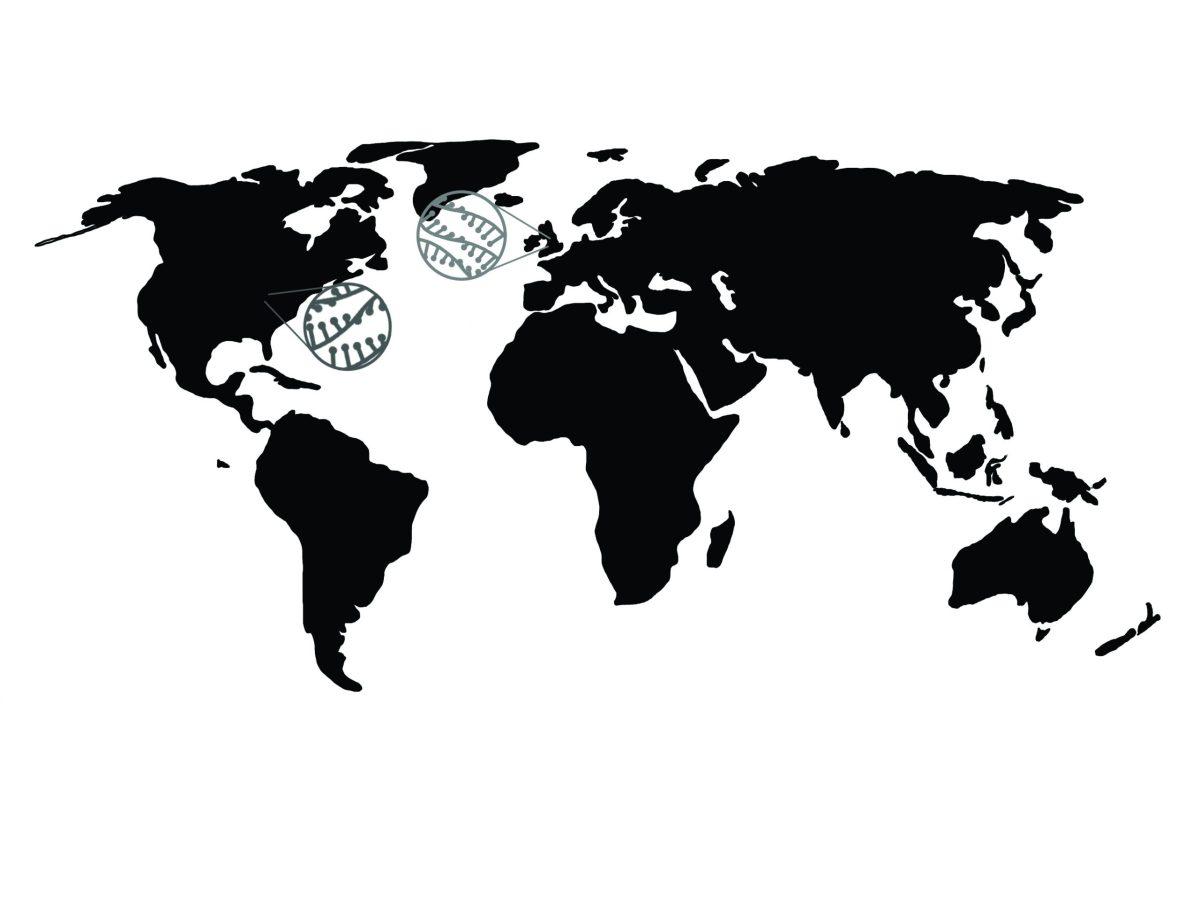Since 2019, many people’s lives have been interrupted and shifted in dealing with the global COVID-19 pandemic. Businesses shut down, and many countries spent months and months in lockdown. With the creation of three COVID vaccines, there have been hopes of returning back to the old normal. But with new variant strains of COVID being discovered all around the world, many fear we won’t be able to return to normal anytime soon.
The coronavirus pandemic has taken a large toll on the United States. According to the Centers for Disease Control and Prevention, more than 500,000 American lives have been lost to the pandemic. The vaccines from Pfizer Biotech and Moderna, Inc, both of which have been authorized by the FDA, are known to be approximately 95 percent effective in protection from the original strand of the coronavirus disease. But new strains have been identified all over the world, and whether or not these vaccines cover these strands is unknown.
The first discovery of a new strain called B.1.1.7 was discovered in the United Kingdom, and was first identified in the United States in the end of December 2020. Since its first discovery, the United States has seen 1661 confirmed cases involving this strain. The United States has also seen cases rising with two other strains – B.1.351 (first detected in South Africa) and P.1 (first detected in Brazil).
These numbers alone may seem insignificant, but these strains carry a significantly higher risk than the original strain. These variants have a higher rate of transmission from person-to-person, and early research suggests they have a higher mortality rate in comparison to the original strain. While the newest vaccine, available from Johnson and Johnson and approved by the FDA just this past weekend, has been proven to be effective against newer strains, there are still growing concerns that rising cases will burden the healthcare system and put it under more stress than it already has. This may even lead to more restrictive measures across the United States, including new lockdown measures and shutdowns of businesses nationwide.
To prevent this from happening, the CDC has a new recommendation, known by many as the two-mask rule. In order to provide maximum protection against the new coronavirus strains, experts recommend that Americans wear a three-ply cloth face mask over a medical procedure mask. To measure the effectiveness of double-masking, the CDC conducted studies with masked dummies and had them sprayed with “infectious” aerosol sprays. The results demonstrated that double-masking blocked 85.4 percent of cough particles, whereas a cloth or medical procedure mask alone only blocked 51-57 percent of particles.
This evidence suggests there are many benefits to double-masking. However, in the world we live in, many are frustrated at having to wear a single mask in public. This leads to a common question: how do the American people feel about double-masking? A poll that surveyed 2,000 U.S. adults found that a moderate amount of people support double masking – 61 percent of respondents said they support the concept. But support for a concept doesn’t always equate to action. While many people said they think people should double-mask, only 43 percent of respondents said they were currently double masking. Getting the American people to follow through with the idea of double masking may prove to be a challenge.
Drake has taken many preventative measures to curb the spread of the coronavirus. By limiting in-person gatherings and promoting social distancing across campus, the positivity rate on campus has remained low. But with the spread of this new strain, will Drake take the drastic measure of introducing a two-mask rule?
No communication from the administration has suggested that Drake plans to enforce a double-masking rule on campus. But with case numbers rising, the possibility of a double-mask rule isn’t ruled out entirely. Students on the Drake campus seem to be in support of a potential double masking rule. In fact, many students have already been double-masking on their own free will.
First-year student Jenny Mahl is a perfect example of a student who practices double-masking on her own accord. She currently wears a surgical mask covered by a cloth mask when she goes out.
“If [Drake] implemented a double-masking policy, I would be for it, as the new strain is more spreadable and that would hopefully prevent more cases from occurring,” Mahl said.
However, not all students were convinced that a double-masking policy would be successful.
“I feel a policy like this may be harder to implement as I do not know of many places that are now requiring double masks,” first-year Lizzie Murphy said. “I feel students may not quickly abide if this were to be implemented unless there is ample evidence provided of its effectiveness and other examples of places where this is being done.”
Regardless of whether or not a double-masking policy becomes reality, there are many steps students and faculty can take to minimize the spread of COVID-19. If two masks feel uncomfortable, purchasing a mask-fitter is a possible solution to ensuring more protection while feeling comfortable. Another method for ensuring efficiency of masking is tying or twisting the loops around a mask to make it fit more snugly on the mask wearer’s face.
Categories:
New Strains of COVID-19 Threaten Vaccination Progress
Mar 3, 2021
0
Donate to The Times-Delphic
$790
$1000
Contributed
Our Goal
Your donation will support the student journalists of Drake University. Your contribution will allow us to maintain the website and keep our publication going.
More to Discover







